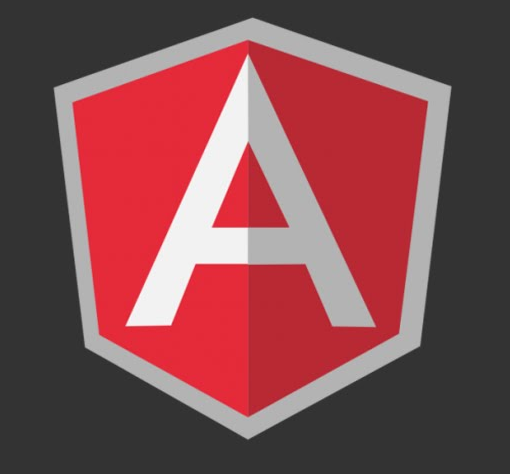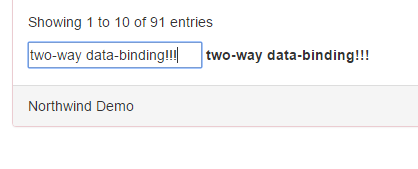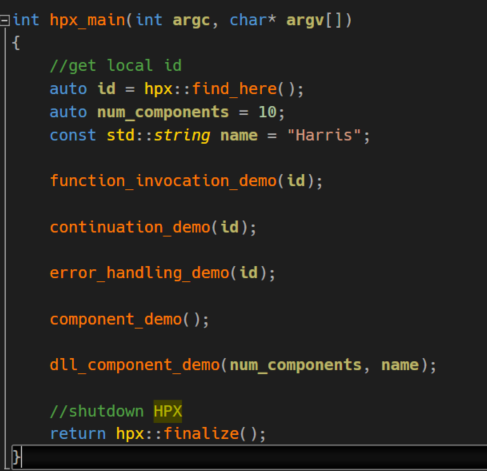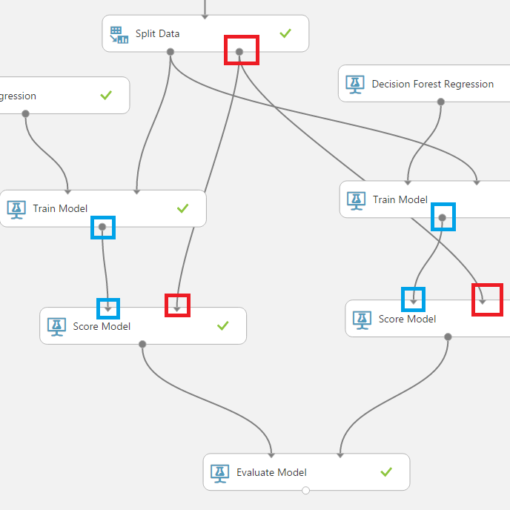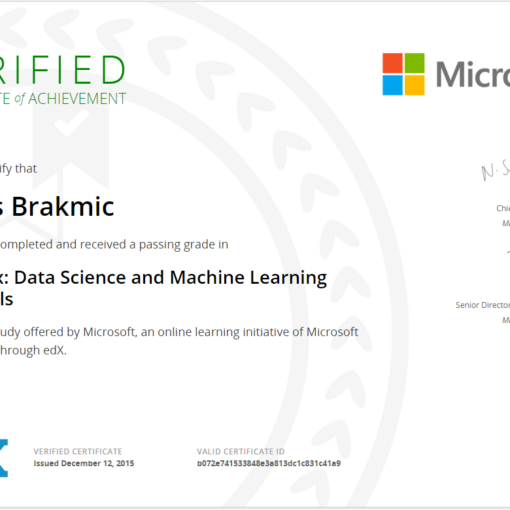Two weeks ago I wrote the first article for this series and I think it ended up being a chaotic bag of words filled with a myriad of different topics, examples and way too many screenshots. This happens when you learn something completely new instead of doing some more creative stuff on a weekend. Therefore, I’ll now focus this article on @Input, @Output and EventEmitter from Angular 2 rc1. Less is more and I’m planning to talk about other Angular 2 parts in further articles. But to effectively learn how to use a framework is always a question of practice than everything else […]
brakmic
It’s been a while since I wrote anything here. But this blog isn’t dead or in ‘maintenance mode’. I’m just coming back from the trenches of web development and, as always, things are getting messier every day. So many new frameworks and ‘very-cool-best-practices one should follow’. However, with or without JavaScript fatigue let’s do something new and learn a few bits about the upcoming Angular 2. And just to make a few things clear: I’m not an experienced Angular developer and everything I show and explain here is based on my 2-day experience with the current Beta (today’s my second day). […]
Some time ago I tried to learn Elm. And believe it or not, I failed to compile a simple Hello-World program. Later I figured out that some interfaces have changed between certain versions of Elm making my failure inevitable. Long story short: the tutorial I found on the net was outdated and I didn’t know it. Well, how could I know this? Or more precisely: if a change in the language can hit a beginner so hard will he/she be willing to continue? In my case I ended up with PureScript. Often I hear or read that PureScript is ‘harder’ to learn […]
A few months ago I discovered a Project from Louisiana State University led by Prof. Kaiser that designs and develops a new execution model for future high performance architectures. It’s called ParalleX and its C++ implementation is named HPX (High Performance ParalleX). It supports operating systems like Linux or Windows and several Build-Toolchains (GNU, MSBuild, CMake etc.). In this article we’ll use Windows 10 x64 and Visual Studio 2015 to build up the base structure of HPX itself plus a small collection of demos showing some of the key aspects of it. The sources can be found here. Building HPX Before we can […]
PureScript-Redux is a small library which helps to utilize the Redux state container with PureScript. Although I have almost no experience with React, which is the most prominent ecosystem for using Redux, I thought it would be a nice learning exercise to create a set of Redux-Bindings for writing WebApps in PureScript. Redux itself is heavily, and rightfully so, promoting the benefits of using pure functions for managing the application state and PureScript, being a Haskell-dialect, is a purely functional language. Therefore, it seemed to me very logical to try to combine them together. But because I’m also a PureScript-Beginner and still learning […]
This is an updated version of the original article. I want to thank @joseanpg for the corrections and the idea regarding TextEncoder. Usually, my articles are mostly too long, filled with too many screenshots and philosophy. But this time I’ll try to remain concise and, hopefully, more precise than usual. I’ll refer to Jake Archibald’s article on Web Streams and his prediction that they’ll become the dominant web technology of the Year 2016 (in combination with Service Workers, of course). The article is filled with lots and lots of nice code examples you can basically copy & paste into your browser (some of […]
It’s been a while since I wrote my last article and. Actually, I planned to write the second part of my Scala Crash Course but in the mean time I adopted an orphaned (abandoned?) project called purescript-ractive that’s related to my favorite UI-Library, RactiveJS, and is written in a little, amazing language called PureScript. As many of you already know there are so many different languages that compile to JavaScript. There’s even a COBOL transpiler for JS! Therefore I’ll surely not waste your time discussing the (dis)advantages of Transpiling-to-JS vs. Writing-in-JS. Instead, I’ll try to describe the advantages of PureScript by explaining a small […]
Let me start this article describing the problem I had with finding a proper title for it. As some of you may already know I write a series called “Data Science for Losers” which comprises of several articles that describe different tools, methods and libraries one can use to explore the vast datascientific fields. And just a few days ago, while finishing my Data Science and ML Essentials course, I discovered that Azure ML has a built-in support for Jupyter and Python which, of course, made it very interesting to me because it makes Azure ML an ideal ground for experimentation. […]
In this article we’ll explore Microsoft’s Azure Machine Learning environment and how to combine Cloud technologies with Python and Jupyter. As you may know I’ve been extensively using them throughout this article series so I have a strong opinion on how a Data Science-friendly environment should look like. Of course, there’s nothing against other coding environments or languages, for example R, so your opinion may greatly differ from mine and this is fine. Also AzureML offers a very good R-support! So, feel free to adapt everything from this article to your needs. And before we begin, a few words about how I came […]
Julia is what I’d like Python to be: dynamic but fast like C, supporting strong typing without being dogmatic (in both directions: static vs. dynamic), with a powerful REPL and many modules written in the same language (so I don’t have to switch to C). Julia is still a new language and I suppose not many of us use it currently in production. And yes, Julia is an ‘academic’ language, with a strong emphasis on technical/scientific computing, but honestly, would you rather like to run your business on an ‘anti-scientific’ / ‘anti-technical’ language? Yes, I know, it sounds very polemic because there […]
